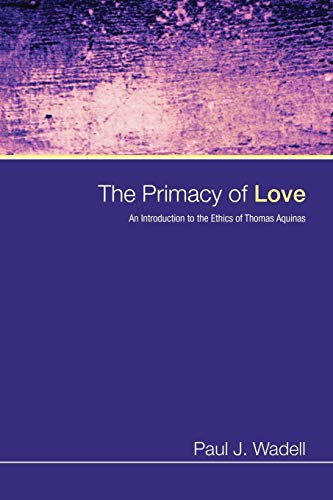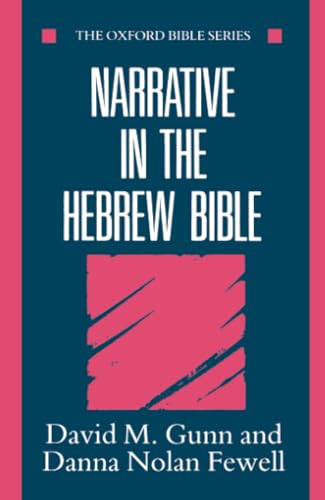1–3 John (The IVP New Testament Commentary Series)
Written by Marianne Meye Thompson Reviewed By David Instone-BrewerBoth of these commentaries are part of a welcome trend to cater specifically for preachers and other Christian communicators. Like the epistles they are commenting on, they are short, pithy, and almost entirely devoid of technical notes. There is not a Greek character to be seen, though a few transliterated Greek words are mentioned. Textual criticism is kept to the absolute minimum.
The Epistles of John are like an elderly woman, highly respected, rarely referred to, and getting younger every year. Both Thompson and Loader follow the trend of reducing the age of these epistles, though neither goes so far as to say they were written by the Apostle John. Thompson, one suspects, would like to say this, but goes no further than saying ‘the possibility of apostolic authorship should not be discounted’. Loader is much less conservative in this and in many other aspects. He regards 2 John as pseudonymous, deliberately borrowing from the theology of 1 John and the structure of 3 John to combat a heresy slightly different from that addressed in 1 John.
As a busy pastoral minister I found the brevity of these commentaries very helpful. I did not feel that important discussions had been omitted or cut short. However, having gone through several years of training, I occasionally felt that my intelligence was being doubted. Loader, for example, regards 2 John as ‘pseudonymous’, but he never uses this term, presumably thinking his readers might not understand it. He has also decided not to name any other scholars except in a very brief introductory bibliography. Thompson has very brief bibliographic references in her main text and has added footnotes which supply further brief but necessary bibliographical and technical details.
Thompson’s footnotes are a model of brevity with clarity, dealing with only those details necessary for an understanding of the text. They are never used as an excuse for an excursus which could not be justified in the text. Moreover, they can be entirely ignored without any loss by the reader who wishes simply to know how Thompson herself understands the text. The lack of these footnotes in Loader makes his commentary appear shallow and hampers anyone who wishes to investigate further any of the issues raised. In compensation, he does often delve deeper than Thompson into alternative interpretations within the body of his text.
Loader and Thompson have slightly different ideas about what a preacher needs to help communicate the meaning of the text. Loader concentrates heavily on the structure of the epistles, giving detailed summaries which could easily be adapted by the preacher into three-point sermons. Within the commentary he discusses the reasons for his structure and occasionally mentions other possibilities. Thompson is more inclined to give homely illustrations which are genuinely useful at times, though they seem a little out of place in a semi-scholarly commentary.
The most important tasks of a commentary for preachers are an insight into the background of these epistles, an overview of scholarly consensus for understanding the text, and a hint about application to modern-day issues. Both Loader and Thompson fulfil these needs admirably, though Thompson is somewhat better at pointing to present-day issues. Thompson also has the edge with her footnotes which are a serious lack in Loader.
David Instone-Brewer
Tyndale House, Cambridge







